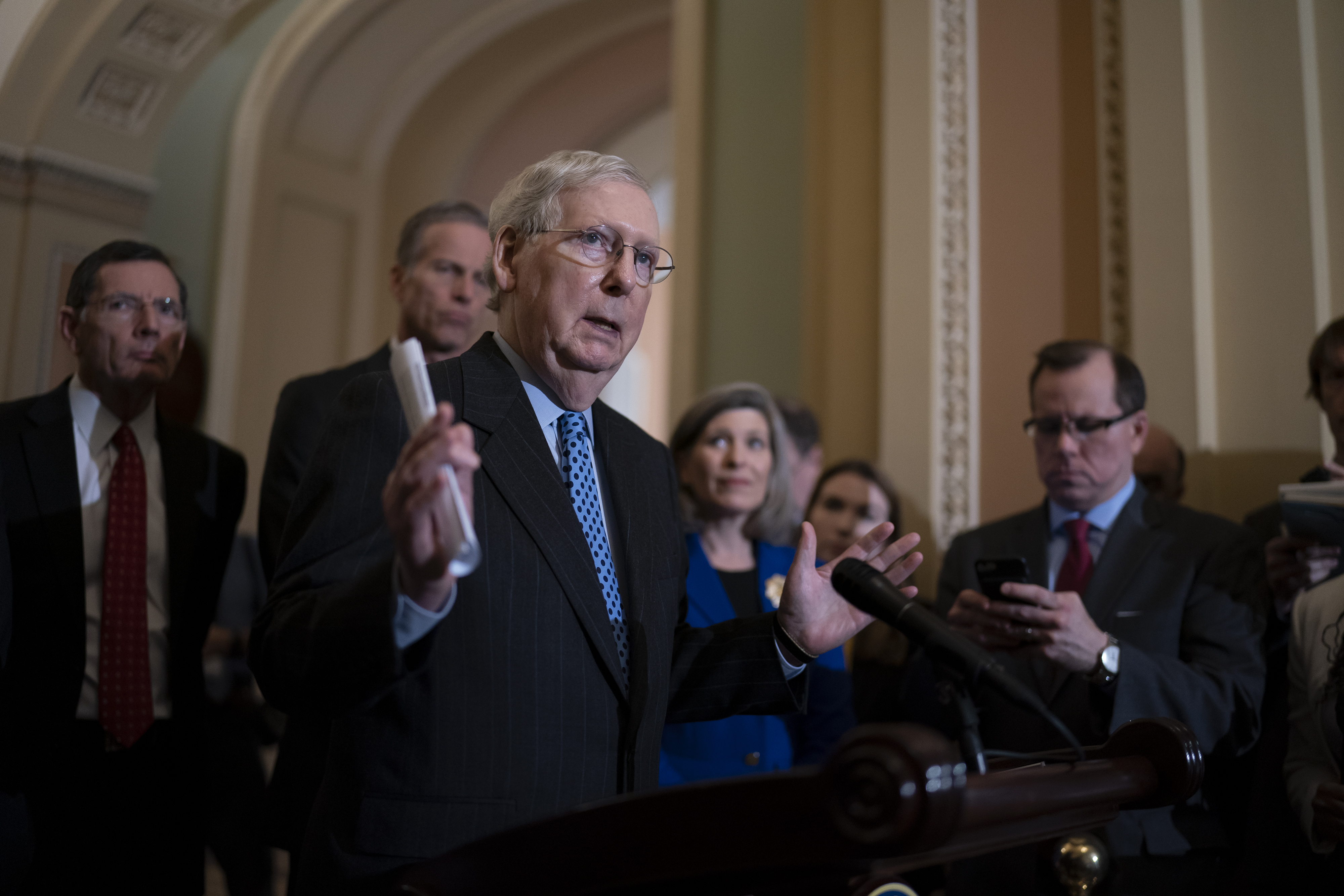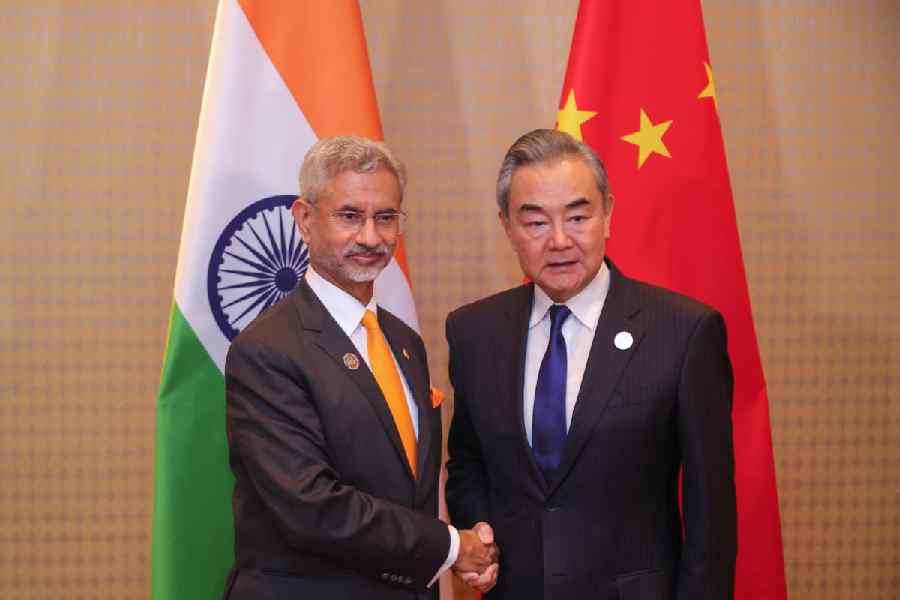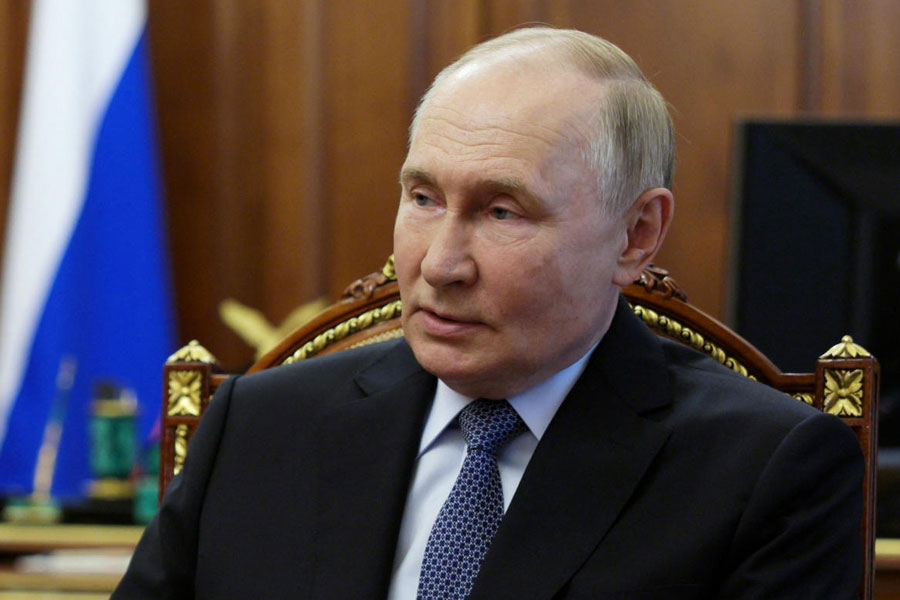The Trump administration has begun to put a price tag on its growing arms race with Russia and China, and the early numbers indicate that restoring nuclear weapons to a central role in American military strategy will cost tens of billions of dollars over the next decade.
In the 2021 budget released on Monday, the administration revealed for the first time that it intended to create a new submarine-launched nuclear warhead, named the W93.
Its development is part of a proposed 19 per cent increase this year, to $19.8 billion, for the National Nuclear Security Administration, the energy department agency that maintains the nuclear stockpile and develops new nuclear warheads.
More tellingly, that is a jump of more than 50 per cent since 2017, President Trump’s first year in office. There is $15.5 billion scheduled for development and deployment of new space assets — part of the new Space Force created by Trump — that are central to detecting incoming launches and for the command and control of American offensive weapons.
Buried in the budget is a significant new effort to develop intermediate-range missiles — largely conventional weapons — that were prohibited by the Intermediate Nuclear Forces treaty with Moscow that Trump withdrew from last year.
The budget also proposes $3.2 billion for hypersonic weapons, a 23 per cent increase in research and development meant to compete with a growing number of similar Russian weapons.
The missiles are particularly hard to defend against because they follow an unpredictable path to a target, at tremendous speed.
But there were few specifics about whether the American versions would be fielded around the time that Russia’s weapons roll out, now scheduled for later in this decade, or whether they would follow by a number of years.
The increases reflect more than budget priorities. They reveal a significantly different philosophy, rooted in Trump’s own belief that the US should maintain the world’s most powerful nuclear force — and perhaps enlarge it.











